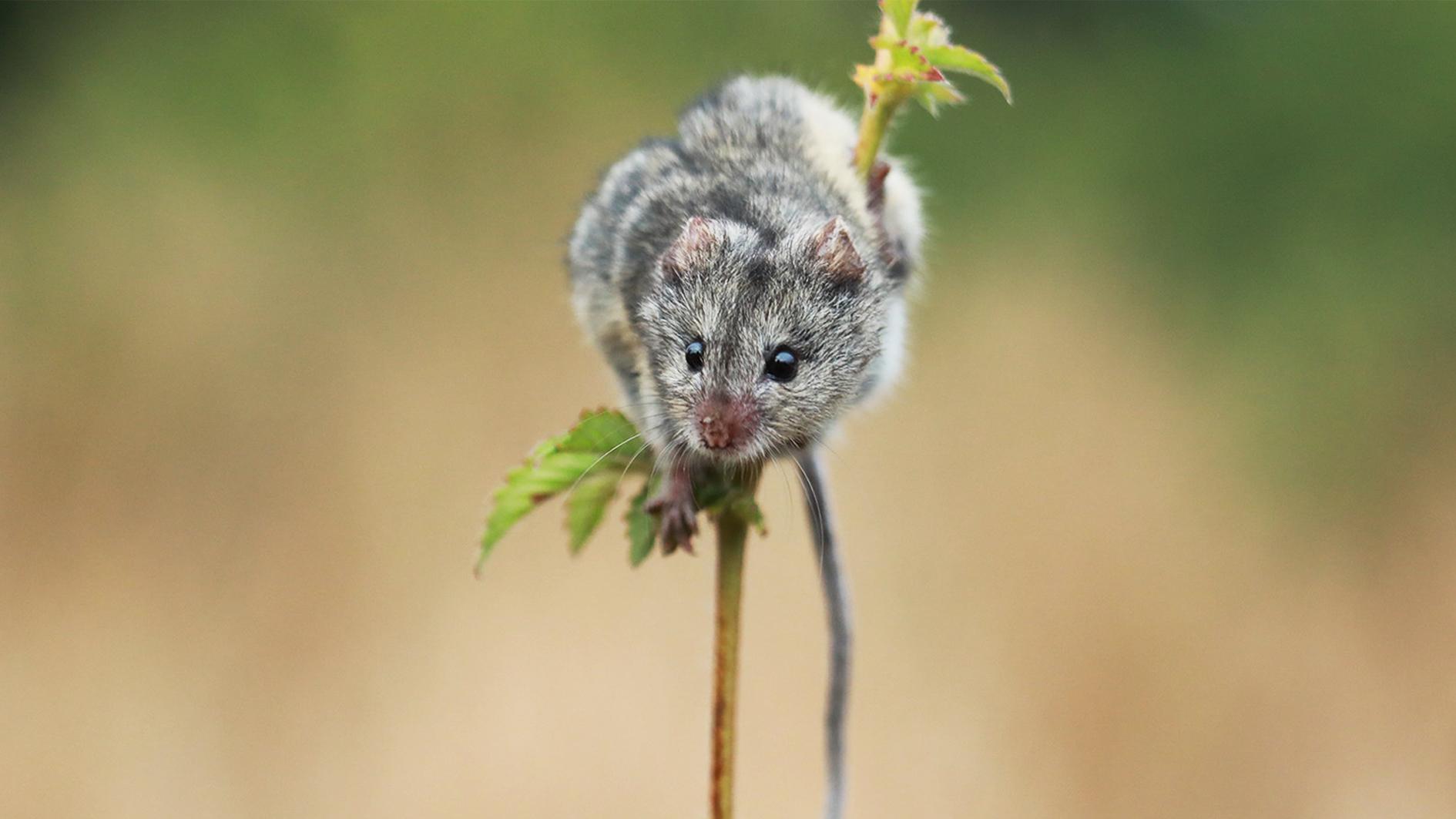Hungarian birch mouse found in new habitat patch

The Hungarian Natural History Museum has been surveying the population of the Hungarian birch mouse (Sicista trizona) for 19 years in Borsodi-Mezőség, the only known birch mouse population in Hungary.
The size of this population changes dynamically. In some years, due to biotic and abiotic environmental variables, the population may be smaler, even critically reduced to a few individuals, when “things are turning for the better”, the population is flourishing, the animals reproduce and the offspring successfully reach their reproductive age.
It is likely that the extreme drought in 2021-2022 probably caused the mice to reproduce less effectively and their numbers to decrease. This drought has been unfavorable for the birch mouse and for many other animal and plant species. The number of individuals has significantly decreased. In the spring of 2024, the first signs of regeneration were already noticeable. Experts attribute this to the successful reproduction year of 2023, when ample rainfall provided productive vegetation, offering the mice a rich food supply.
Among the mice caught in the trap, a female in an advanced stage of gestation was also found. The survey is scheduled for early May because, at that time, they would only be in their mating season, which involves improved activity. The early arrival of spring also upsets the biorhythm in the mice's lives.
This year, we focused on three research goals: conducting the annual spring survey in a permanent sample area, looking for new habitats, and collecting samples for whole genome sequencing for the Biodiversity Genomics Europe project. We met all three goals and achieved expected results. The monitoring in the sample area shows that the population is increasing, and we discovered birch mouse in a new habitat patch that we didn't know about before. There were also relatively larger numbers of them. With the genetic sampling now complete, the species' full genome will soon be accessible. This will substantially improve the quality of population genetic data, thereby supporting the conservation efforts for the birch mouse
The survey was conducted with the participation of the Hungarian Natural History Museum, the Bükk National Park Directorate, the Bükk Mammalogical Society, and the Evolutionary Genomics Research Group at the University of Debrecen, as well as enthusiastic volunteers, in the GRASSLAND-HU LIFE Integrated Project.
Source: Hungarian Natural History Museum, Bükk National Park Directorate
Photo: Attila Kozma, Bükki Nemzeti Park Igazgatóság